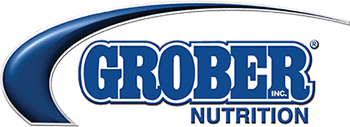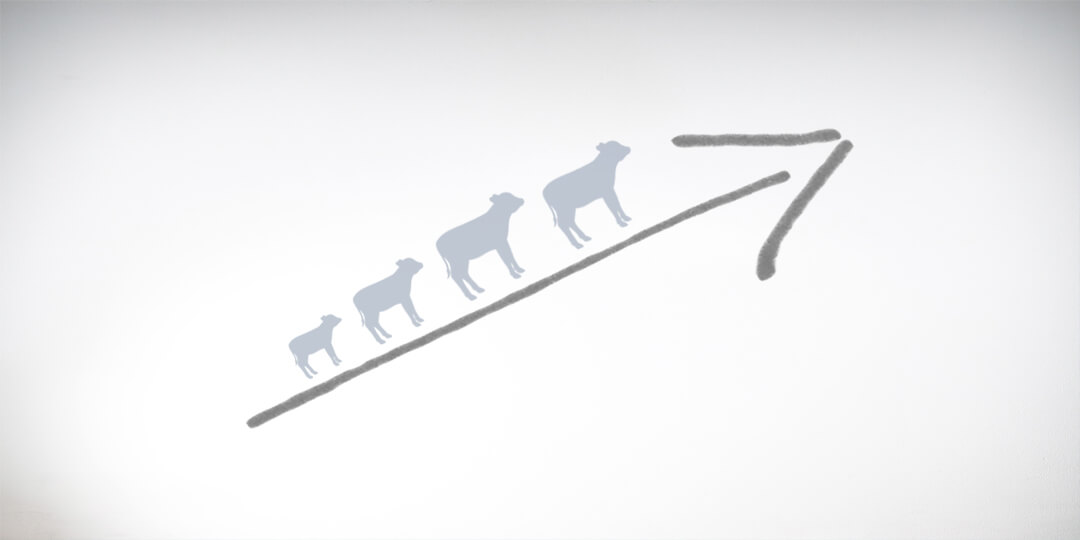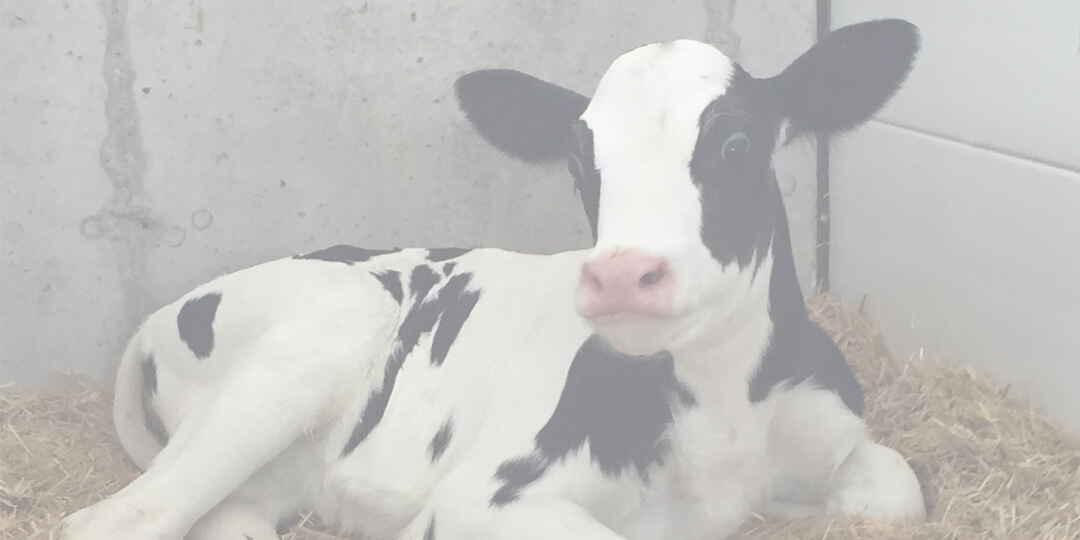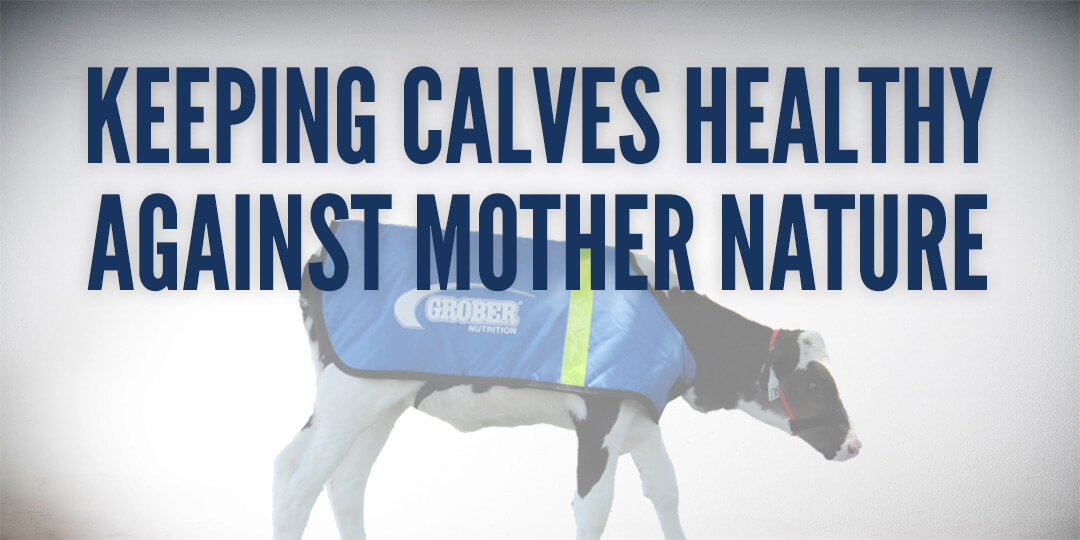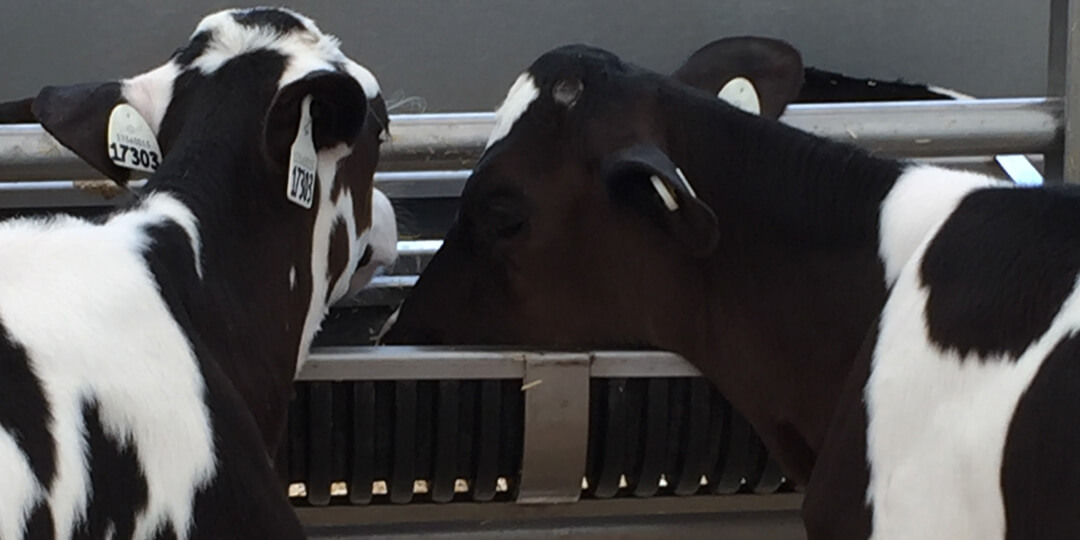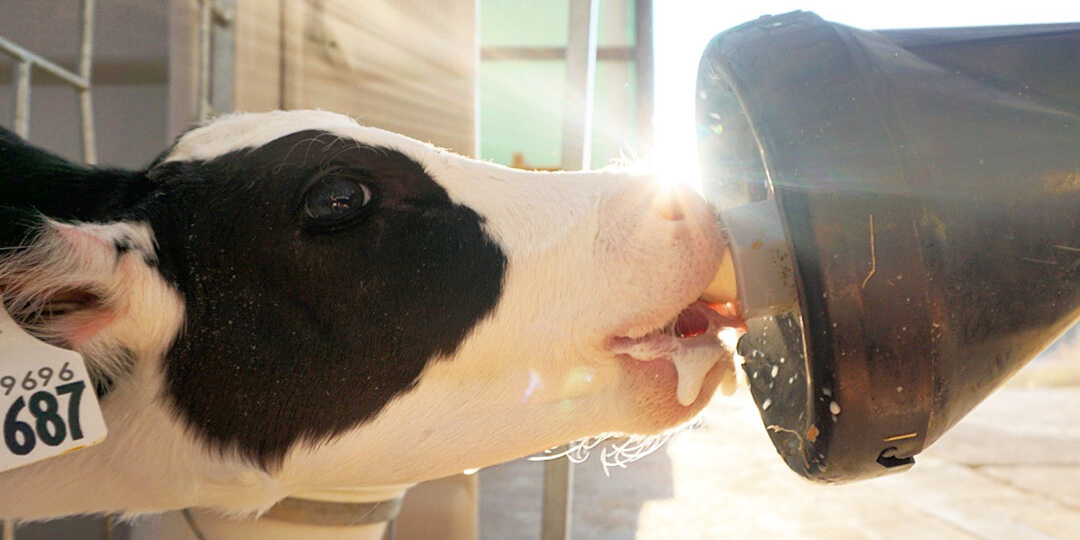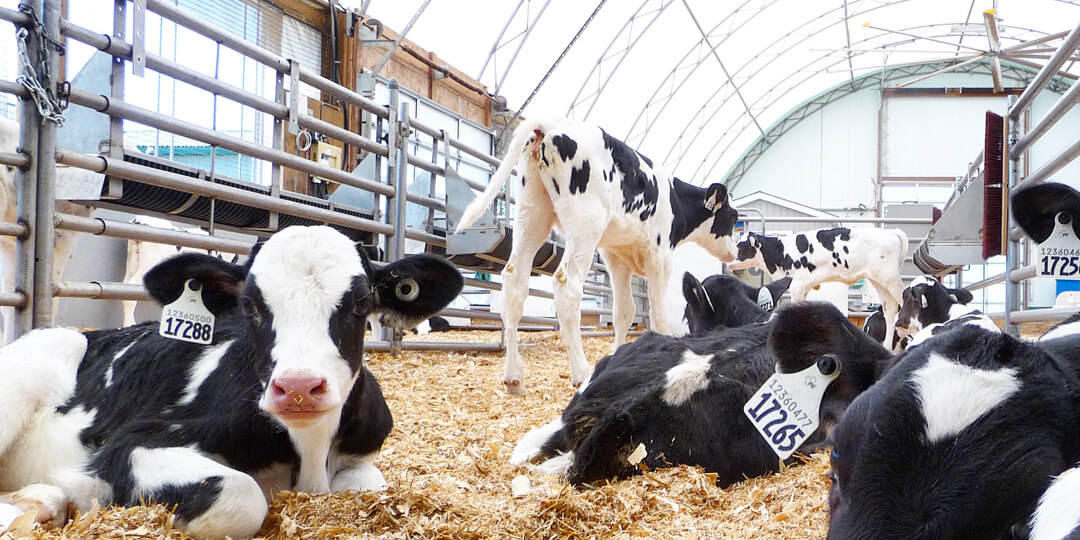-
Maximize Growth Potential & Production
- Aug 12, 2016
- By Grober Nutrition
- In Canada
Every farm environment has unique opportunities and challenges. Your young animals’ performance is determined by your ability to recognize their specific needs and to make the necessary adjustments to your feeding program based on their genetic potential, housing environment, and environmental conditions. The greater the producers’ ability to recognize the…
-
Improved Performance Through Weaning
- Aug 12, 2016
- By Grober Nutrition
- In Canada, USA
Weaning can be a stressful event for calves. Taking the time to wean gradually can help reduce that stress and give the calf time to adjust their eating patterns to include more starter. It is important to establish the right time to wean ensuring (a) the calf has received enough…
-
5 C’s Of Calf Care
- Aug 12, 2016
- By Grober Nutrition
- In Canada, USA
Every producer has individual opportunities and challenges due to their housing environment and management strategy. The key to maximizing growth, health, and long-term profitability is establishing a sound system of care for your pre-ruminant livestock. No matter the system you choose, ensuring these 5 keys to management are acknowledged…
-
Grober Calf Coat
- Mar 02, 2016
- By Grober Nutrition
- In Canada
Keep them warm and they will grow Did you know…when a calf is comfortable they will turn feed into gain more efficiently. In other words, a calf that isn’t comfortable will need more milk. Since keeping warm is energetically expensive it’s important to understand that a warm calf has more…
-
Readiness to wean
- Mar 30, 2015
- By Grober Nutrition
- In Canada
Grober Nutrition is invested to be at the frontier of young animal nutrition, and the Grober Young Animal Development Center (GYADC) is an opportunity to explore new developments in young animal husbandry and nutrition. During 2014, one of the trials at the GYADC focused on dietary and developmental needs of…
-
Neonatal Nutrition
- Mar 30, 2015
- By Grober Nutrition
- In Canada, USA
Grober Nutrition is invested to be at the frontier of young animal nutrition, and the Grober Young Animal Development Center (GYADC) is an opportunity to explore new developments in young animal husbandry and nutrition. During 2014, one of the trials at the GYADC focused on dietary and developmental needs of…
-
PRÉPARATION AU SEVRAGE
- Mar 30, 2015
- By Grober Nutrition
- In Canada
De par son expertise en nutrition auprès des jeunes animaux conjuguée à ses installations au Grober Young Animal Development Center (GYADC), Grober Nutrition met tout en œuvre pour acquérir de nouvelles connaissances dans le développement, la gestion et la nutrition des jeunes animaux. Au cours de l’année 2014, les…
-
Nutrition NÉonatale
- Mar 30, 2015
- By Grober Nutrition
- In Canada
De par son expertise en nutrition auprès des jeunes animaux conjuguée à ses installations au Grober Young Animal Development Center (GYADC), Grober Nutrition met tout en œuvre pour acquérir de nouvelles connaissances dans le développement, la gestion et la nutrition des jeunes animaux. Au cours de l’année 2014, les essais…
-
Calf Rail – A Pioneer in Automated Calf Feeding Systems
- Mar 30, 2015
- By Grober Nutrition
- In Canada, USA
During 2014, a trial at the Grober Young Animal Development Centre (GYADC) focused on the advancement of automating individual calf feeding systems using Förster Technic Calf Rail technology. This was the second year using the Förster Technic Calf Rail at the GYADC, where an accelerated ten week feeding program of…
-
Calf rail -Un pionier dans les systèmes d’alimentation automatiques pour veaux
- Mar 30, 2015
- By Grober Nutrition
- In Canada
Au cours de l’année 2014, les essais réalisés au GYADC ont été axés sur l’acquisition de connaissances sur l’automatisation des systèmes d’alimentation individuelle pour les veaux en utilisant la technologie Calf Rail de Förster Technic. [button link=”/wp-content/uploads/2015/03/Calf-Rail-FR-Grober-Nutrition.pdf” type=”big” newwindow=”yes”] Version PDF[/button] Depuis deux ans au GYADC nous menons une…
-
Stockmanship for Calf & Heifer Management
- Mar 16, 2015
- By Grober Nutrition
- In Canada, USA
Group housing calves is becoming a more common way to house and manage calves. Part of managing a group of calves is being able to scan the herd effectively for individuals who need more attention. Monitoring the behavior of individuals and of the group by assessing the herds reaction to…
-
L’importance des pratiques d’élevage dans la gestion des veaux et des génisses*
- Mar 16, 2015
- By Grober Nutrition
- In Canada
[button link=”/wp-content/uploads/2015/03/Stockmanship-and-Its-Importance-with-Calf-and-Heifer-Management-FR.pdf” type=”big” newwindow=”yes”] Version PDF[/button] {Cet article est basé sur un séminaire présenté par Dr Don Höglund, professeur agrégé au College of Veterinary Medicine de la North Carolina State University, lors de l’événement Grey Bruce Farmers Week tenue en Ontario (Canada) en 2014.) Le logement des veaux en…
Gro Facts
©2016 Grober Nutrition. All Rights Reserved.

